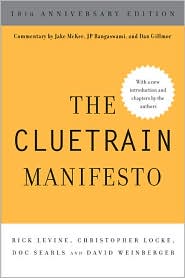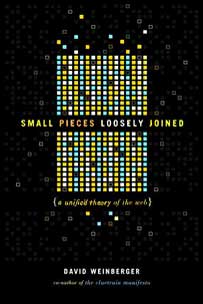August 18, 2017
Journalism, mistrust, transparency
Ethan Zuckerman brilliantly frames the public’s distrust of institutional journal in a whitepaper he is writing for Knight. (He’s posted it both on his blog and at Medium. Choose wisely.)
As he said at an Aspen event where he led a discussion of it:
…I think mistrust in civic institutions is much broader than mistrust in the press. Because mistrust is broad-based, press-centric solutions to mistrust are likely to fail. This is a broad civic problem, not a problem of fake news,
The whitepaper explores the roots of that broad civic problem and suggests ways to ameliorate it. The essay is deeply thought, carefully laid out, and vividly expressed. It is, in short, peak Ethanz.
The best news is that Ethan notes that he’s writing a book on civic mistrust.
In the early 2000’s, some of us thought that journalists would blog and we would thereby get to know who they are and what they value. This would help transparency become the new objectivity. Blogging has not become the norm for reporters, although it does occur. But it turns out that Twitter is doing that transparency job for us. Jake Tapper (@jaketapper) at CNN is one particularly good example of this; he tweets with a fierce decency. Margie Haberman (@maggieNYT) and Glenn Thrush (@glennThrush) from the NY Times, too. And many more.
This, I think is a good thing. For one thing, it increases trust in at least some news media, while confirming our distrust of news media we already didn’t trust. But we are well past the point where we are ever going to trust the news media as a generalization. The challenge is to build public trust in news media that report as truthfully and fairly as they can.









